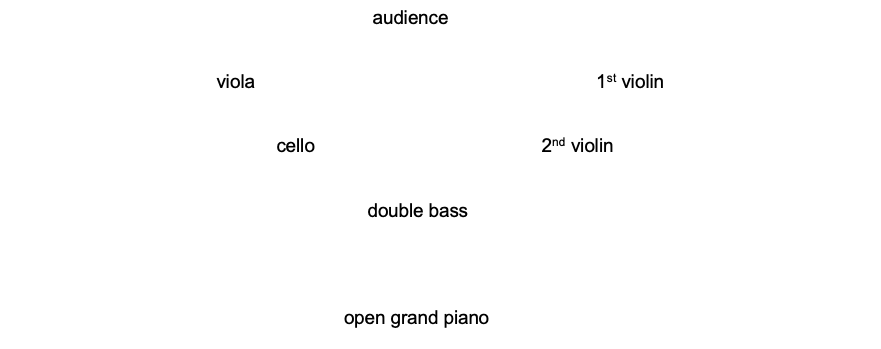Acoustics - Bassic Instinct
Acoustics
Despite the fact that the Sibelius Academy Concert Hall is still, in general, acoustically reliable, it is not entirely without problems. The reverberation time of the traditional shoebox-shape hall is around 1.5 seconds and there are not many options available for enhancing the acoustic conditions. The famously beautiful sounding hall was renovated in the early nineties and became a subject for mainstream acoustic design of the era. Following the already fading trends of the acoustics of the seventies, and despite the visually rather small changes, the hall underwent a remarkable acoustic degradation. As the old organ had not been used for decades, the impressively decorative façade with the biggest pipes covering the rear wall of the stage was removed completely and a strong structure of an orchestra shell with large reflectors above the stage was constructed. As a result the marvelous sound-diffusing surface at the back of the stage was covered with ugly plastic curtains and the whole-hall-tall square ceiling above was hidden by white reflectors which project the sound too directly onto the front parterre of the auditorium. Fortunately, even this careless and insensitive renovation could not destroy the fine basic qualities of the hall's acoustics.
With the experience gathered during earlier decades, we players already knew the small tricks we should try in order to avoid excessive direct reflections to the middle parterre and to create the best possible ensemble sound. The front of the orchestra shell delineates the opening of the original stage. Before the renovation, the stage did not feel especially position sensitive, but now all smaller ensembles need to position themselves just in front of the stage opening to avoid the unwanted direct reflections and to achieve a good feeling of the ensemble sound onstage. String ensembles generally seem to be exceptionally sensitive. In order to have a good control of the attack and dynamics, a string player needs to receive a sufficient acoustic response in the form of early reflections - a good touch of the friction on the strings.
With the help of our collaborating acoustician Henrik Möller we experimented with several positions at the edge of the orchestra shell opening and finally felt we had found a satisfactory mutual hearing of each other and an open ensemble sound. The final position was actually the most forward of those we tried. It removed us from being directly underneath the ceiling reflectors and optimized our task of diminishing the excess amount of direct reflections.
As an extra bonus for the overtone resonance I had the idea of placing one of the two grand pianos (both regularly stored on the stage) right behind the ensembles with the lid fully open. This idea was based on a thought that even the damped piano strings could provide us with some minor supporting resonance. Moreover, the open lid of the grand provided us with yet another reflecting surface, at an angle differing from the main roof reflectors. Besides, an open grand piano on the barren stage is also a decorative element.
According to the experience gathered through the concert series we chose to seat the quintet like this:

The bass sound seems to project well and somehow open up towards the balconies - I like the grind of bass in this hall, no false promises.
